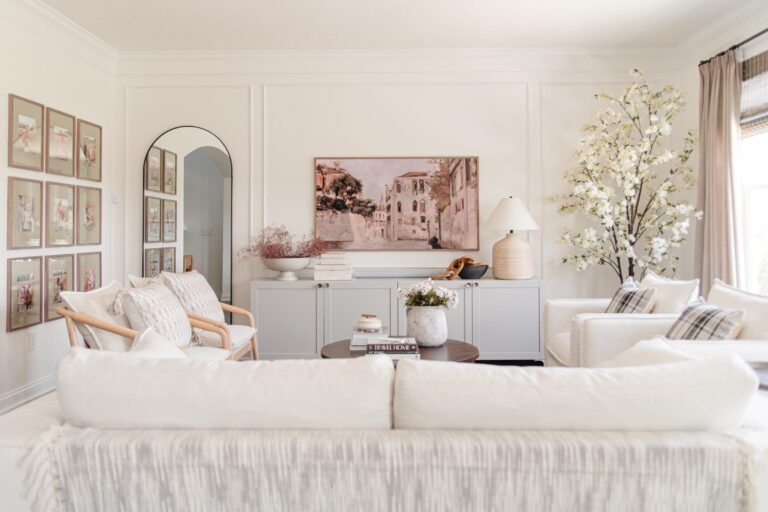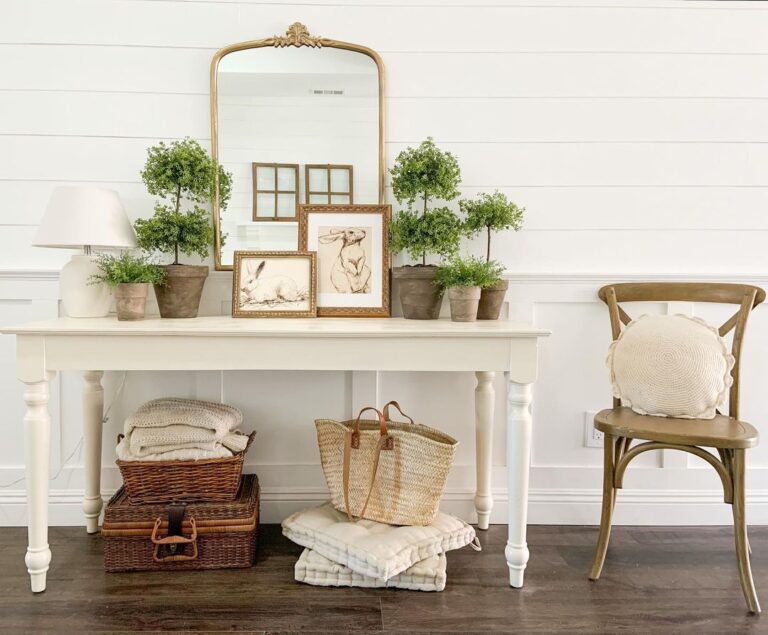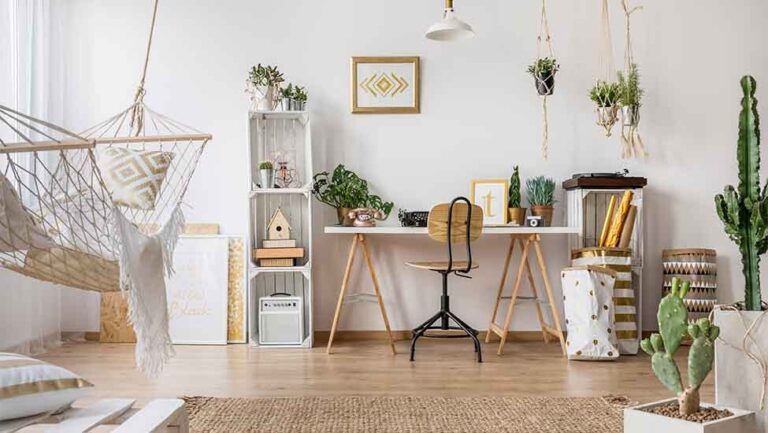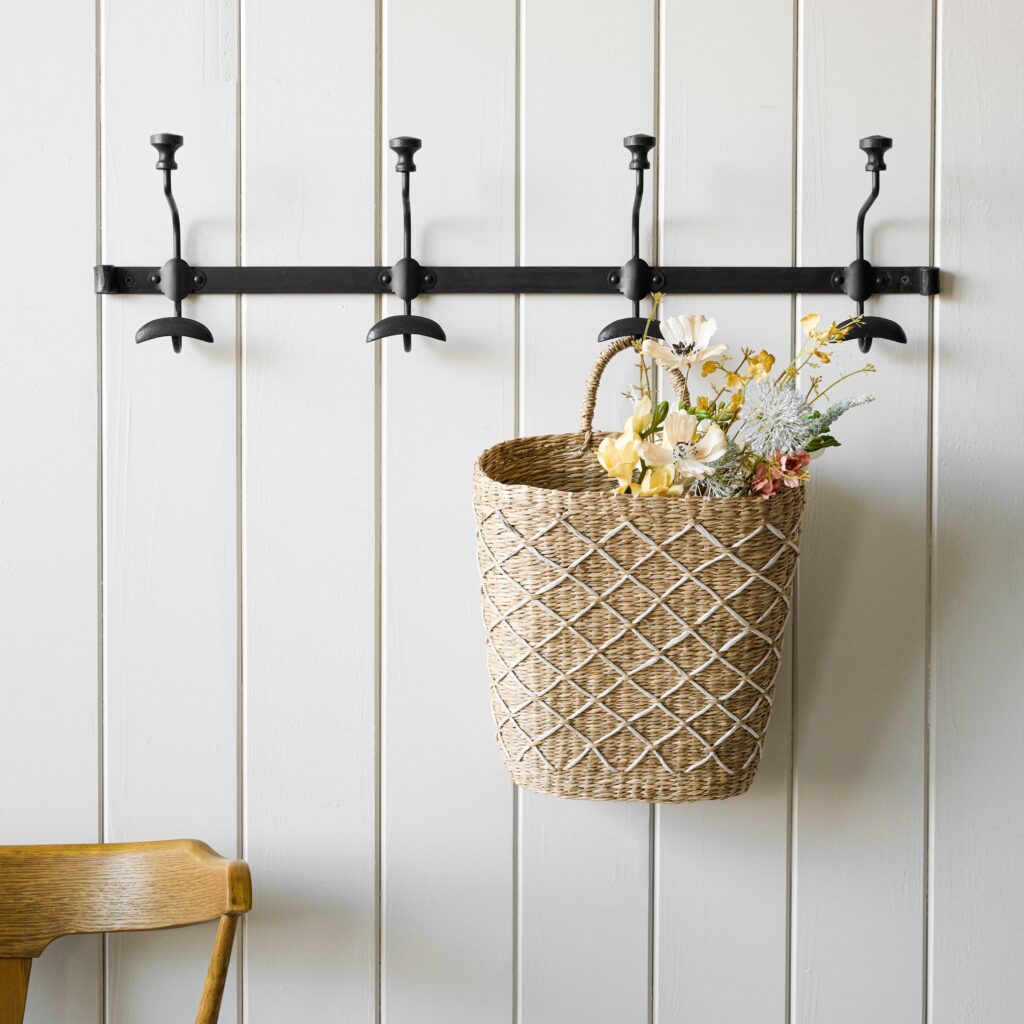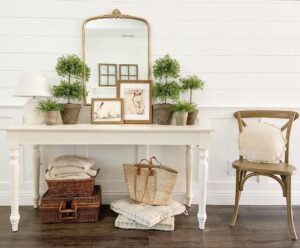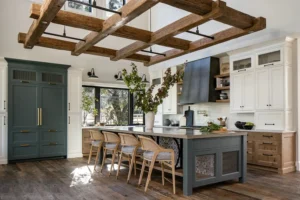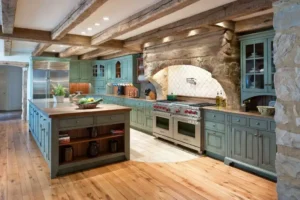Picture this: You come home after a long day, arms full of bags, coats, and keys. Your hands are full, and there’s nowhere to put anything—except for that perfect wall hook near the door. You hang your coat easily, place your bag on a nearby hook, and finally, drop your keys in the key bowl beside it. Suddenly, your home feels more organized, and your clutter is contained. That single, simple wall hook has made your life much easier.
Wall hooks may seem like a small detail in home décor, but they significantly impact functionality and tidiness. From entryways to bathrooms, wall hooks provide a simple, effective solution for keeping spaces neat and organized. Whether you use them to hang coats, towels, hats, or accessories, these small fixtures are integral to creating a clutter-free home. But they aren’t just about convenience—wall hooks also offer unique style, storage, and versatility opportunities.
A Brief History of Wall Hooks
The use of hooks to hang items dates back centuries. In early human history, hooks were primarily made of wood, bone, or metal and were used to hold tools, weapons, and other essential items. In the 19th century, as homes became more structured and decorated, hooks were incorporated into interior design as a functional and decorative element. Early designs were simple and practical, often placed in the entryways or hallways of homes to hold outerwear.
As home decor evolved, so did the wall hook. The 20th century saw a surge in the various materials, including brass, porcelain, and cast iron. Today, wall hooks are available in many designs, from minimalist styles to ornate and vintage-inspired fixtures. They can be found in almost every house room, serving purposes beyond just hanging coats, including organizing accessories, holding towels, or even adding artistic flair to a space.
Wall Hooks as a Solution to Clutter
Clutter is a common problem in modern homes, especially in entryways, kitchens, and bathrooms. The ability to quickly store or access items without creating more mess is a key reason why wall hooks have gained such popularity. A 2023 survey by Houzz found that 48% of homeowners reported using wall hooks as a primary tool for decluttering their entryways. These simple fixtures help prevent the pile-up of coats, backpacks, and other everyday items, providing a dedicated place for each.
The same study also found that wall hooks are a practical, budget-friendly solution for home organization. 62% of respondents mentioned they had either installed or considered installing wall hooks to help organize their living spaces. The ease of installation and the minimal cost make wall hooks attractive for renters and homeowners alike. Unlike large furniture pieces or built-in shelving units, wall hooks can be installed quickly without requiring extensive changes to the existing space.
The Versatility of Wall Hooks
One of the most appealing aspects of wall hooks is their versatility. They can be used in virtually every homeroom, and your type of hook will depend on your specific needs. In entryways, wall hooks are a great place to hang jackets, hats, or umbrellas, ensuring these items are easily accessible when you walk in the door. For example, the average American household has 6.4 coats, according to a 2022 report by the National Association of Home Builders (NAHB). With this in mind, wall hooks are a practical solution for organizing outerwear in a small space, such as a foyer or hallway.
In bathrooms, wall hooks provide a simple and efficient way to store towels, robes, or bags. The American Society of Interior Designers (ASID) has noted that the demand for bathroom storage solutions has increased by 14% over the past five years, with hooks becoming one of the most sought-after options. Wall hooks in the bathroom keep towels off the floor and within easy reach, creating a more organized and sanitary environment.
Wall hooks are also popular in kitchens, where they can hang aprons, keys, or cooking utensils. In bedrooms, hooks offer a place to hang hats, scarves, or accessories, providing easy access to these everyday items while adding a style touch.
Materials Matter: Choosing the Right Wall Hook
The material plays a key role in durability and style when selecting wall hooks. Wall hooks can be made from various materials, each offering different benefits.
- Wood: Wooden wall hooks offer a rustic, natural aesthetic that can complement traditional or farmhouse-style interiors. They are sturdy and can support heavier items like coats or bags. However, they require proper maintenance to prevent damage from moisture in areas like bathrooms or kitchens.
- Metal: Metal wall hooks, often made from brass, stainless steel, or iron, are durable and ideal for holding heavier objects. These hooks can range from sleek and modern to industrial or vintage-inspired designs. According to a 2021 survey by Home Goods, 29% of homeowners preferred metal hooks for their versatility and strength.
- Plastic: Plastic wall hooks are lightweight, affordable, and easy to install, making them an excellent choice for renters or those on a budget. They are best suited for lighter items like hats, keys, or towels and come in various colors and shapes, making them customizable to suit different décor styles.
- Ceramic or Porcelain: For those looking to add a decorative element to their space, ceramic or porcelain hooks offer intricate designs, often featuring floral patterns, bright colors, or even hand-painted accents. These are often used in bathrooms or bedrooms to add a touch of elegance.
Wall Hooks in Interior Design: Combining Function and Style
Wall hooks have evolved beyond their functional purpose to become a significant part of home design. Designers are now using hooks to add personality and flair to a room. Whether through unique shapes, intricate materials, or bold colors, wall hooks can serve as both a practical tool and an artistic statement.
For instance, in contemporary homes, wall hooks are often designed in minimalist styles to blend seamlessly into the overall décor. For example, sleek, geometric metal hooks or wooden pegs can add a modern touch to an entryway, while vintage-inspired brass hooks evoke a sense of old-world charm. According to Architectural Digest, 35% of interior designers incorporated custom or unique wall hooks into their projects in 2023, highlighting the growing trend of integrating functionality with design.
Wall Hooks and Sustainability
Sustainability is another factor driving the popularity of wall hooks, especially as consumers become more eco-conscious. Many manufacturers now offer hooks made from recycled materials, such as reclaimed wood, repurposed metal, or biodegradable plastics. This trend reflects a broader shift in home décor toward eco-friendly options.
A 2022 study by Green Building Advisor found that sustainable home products, including wall hooks, had increased demand by 22% over the past three years. Consumers are increasingly aware of the environmental impact of their purchases and opt for products that align with their values. Wall hooks made from recycled materials reduce waste and provide a unique, rustic aesthetic that appeals to many homeowners.
Conclusion: Wall Hooks as a Small but Powerful Design Element
Wall hooks may seem minor in the grand scheme of home décor, but they are undeniably powerful in their ability to organize, declutter, and add style to any room. They provide a simple yet effective solution for keeping spaces neat and functional, from entryways to bathrooms. With various materials, designs, and uses, wall hooks can complement any home décor style, from minimalist to traditional.
Whether you’re looking to maximize storage in a small apartment, add a touch of elegance to your bathroom, or keep your entryway free of clutter, wall hooks offer an easy and affordable way to improve your home’s functionality and aesthetic.

